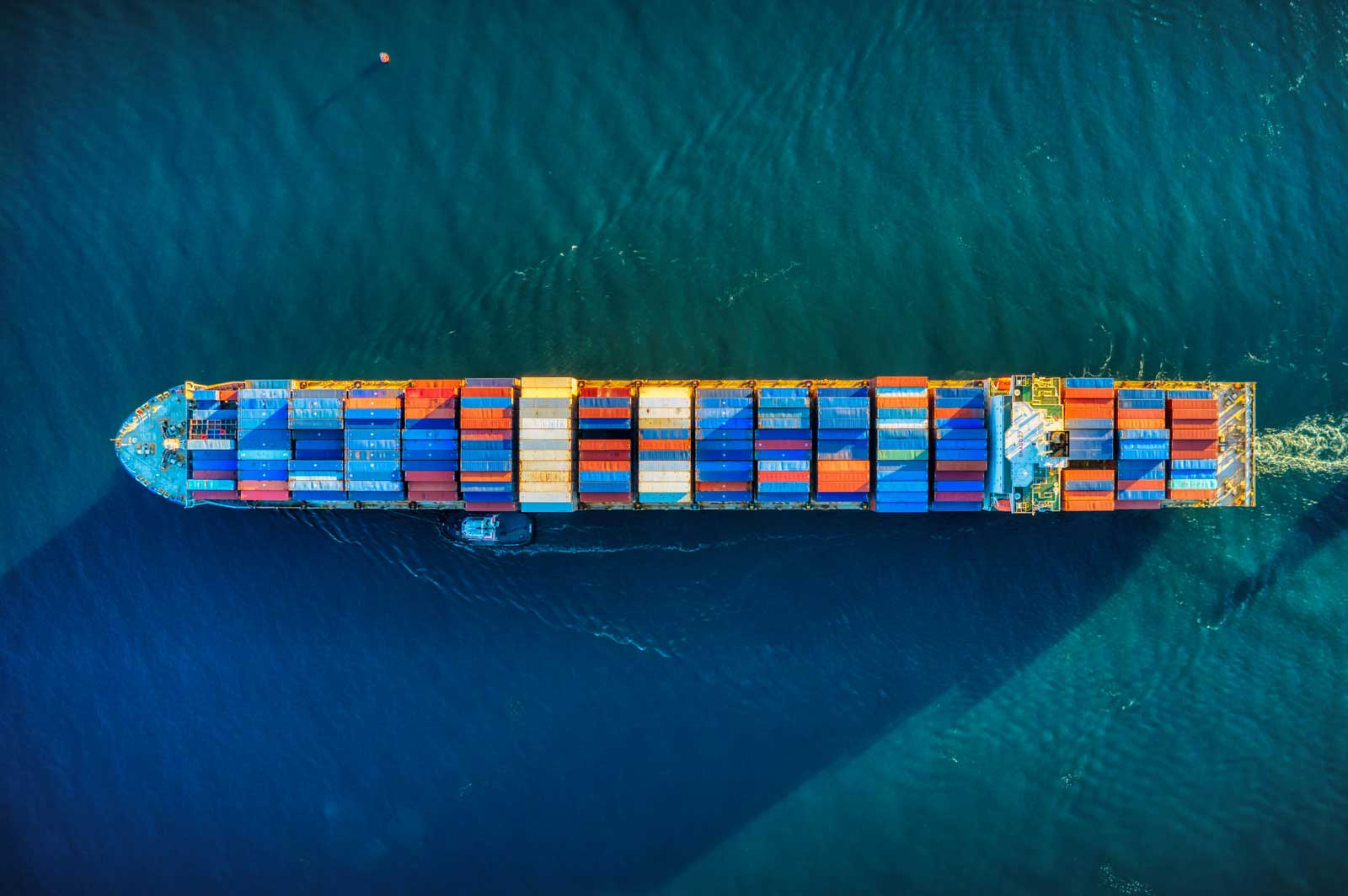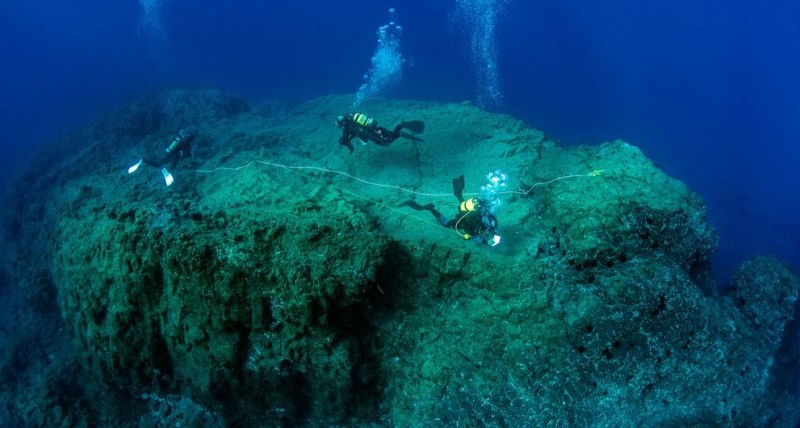Following recent findings from the Global Maritime Forum (GMF), over four million jobs could be created in the coming decades via the global shipping industry. The importance of decarbonisation within maritime has picked up steam and hydrogen plays a major part. Recent examples including ‘Marine fuel-cells in Norway’ and ‘Africa’s first H2 ship’ show that making the maritime-industry greener is a global movement, one which will create many new ‘clean’ jobs.
The GMF report featured analysis (conducted by Arup) showing the maritime sector’s transition to e-fuels could support up to four million new green jobs by 2050. This is double the number of seafarers working currently. Jobs will be seen throughout the three main phases of the supply chain: renewable energy generation, hydrogen production and e-fuel production.
It is crucial to decarbonise the shipping industry, as it is presently responsible for 3% of global C02 emissions. This is comparative to the annual emissions of Japan. Due to the dependence that global trade has on shipping, the industry has faced colossal pressure to decarbonise. It aims to end fossil fuel consumption by approximately 2050. Part of the solution to this will be the creation of 1TW of hydrogen-production capacity by the same date.
Jesse Fahnestock, Director of Decarbonisation at Global Maritime Forum:
“This research marks a critical first step in exploring the fundamental role maritime decarbonisation will play in the creation of green jobs within the energy sector. The analysis demonstrates the sheer scale of the potential to create large numbers of highly skilled green jobs, in this instance driven by a single fuel. Many of these jobs will also be transferable to other sectors – supporting further decarbonisation beyond shipping.”
It’s predicted that this decade will oversee the creation of the most green jobs across each area of the supply chain – with an upper bound range of between 1 and 4 million jobs worldwide. This will be funded by £2.2 trillion of capital investment in the development of renewables and infrastructure, and a colossal build-out of energy and fuel capacity – 1500GW of renewable energy generation, 800GW of green hydrogen, and 530Mtpa of green ammonia.
Although jobs will decrease as capital investment reduces, most jobs will be transferable to other sectors and overall will support the development of wider renewable energy capacity; helping decarbonisation efforts across other sectors.
Jeremy Anderson, Director of Just Transition and Sustainable Transport:
“The creation of new green jobs can help address economic inequalities between the Global North and the Global South, However, green jobs must also be good jobs, with decent working conditions, labour rights, and a strong voice for workers.”
According to the GMF, “Investments in the Global South in particular, where climate provides the greatest conditions for e-fuel production, have shown to contribute significantly towards higher job creation, relative to an equivalent investment in a country in the Global North. This suggests a higher potential for developing countries to leverage investments towards wider green job creation.”
Connor Bingham, Project Manager at Global Maritime Forum:
“The huge levels of investment will impact all corners of the globe, helping many countries around the world provide opportunities to workers negatively affected by the transition away from more carbon-intensive industries. It’s vital that we further explore the different geographic implications, particularly in the Global South, to ensure we can unlock the enormous potential for economic growth across nations.”
As a mass of capital investment goes into green fuels for the maritime sector, the creation of green jobs can help countries switch from fossil fuels to clean energy, whilst simultaneously providing a direct and quantifiable contribution to the country’s economy.
source: hydrogenindustryleaders.com




